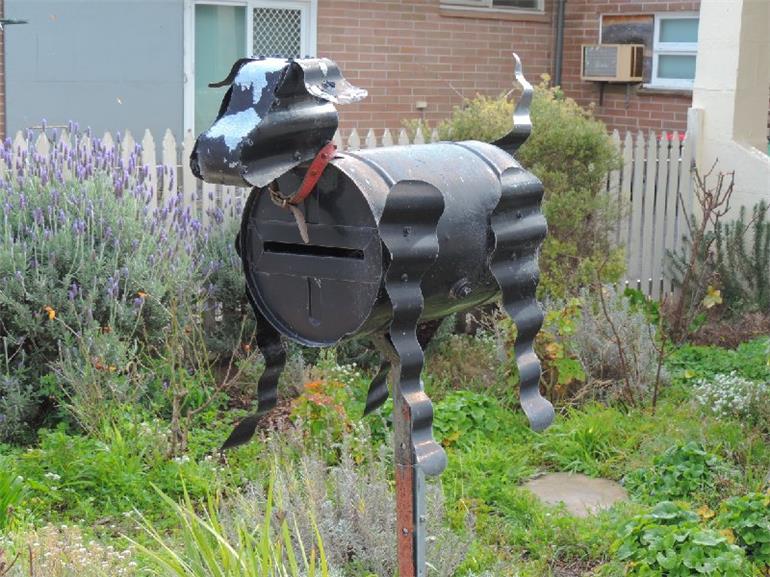We've probably heard that CLL is a 'cancer of the immune system', but what is the immune system? For an easy to read overview of our Innate and Adaptive Immune Systems, I can recommend this short Explainer article by Fabien B. Vincent, Rheumatologist; PhD student, Department of Immunology, Faculty of Medicine, Nursing and Health Sciences, Fabienne Mackay Professor and Chair, Department of Immunology and Kim Murphy, Immunology researcher, all at Australia's Monash University in Melbourne:
theconversation.com/explain...
This article not only explains the immune system in a couple of pages, it also explains how vaccinations work and what happens when the immune system goes wrong - autoimmune diseases.
CLL impacts all these aspects of our immune system:
1) CLL cells are B-Lymphocytes that are a major part of our adaptive immune system. As CLL progresses, our ability to adapt to newly experienced infectious agents and to respond to vaccines decreases.
2) CLL impacts our Innate Immune System when bone marrow infiltration reduces our ability to make the white blood cells forming our Innate Immune System, primarily our neutrophils, so we can get neutropenia. Bone marrow infiltration also reduces our body's ability to make other essential blood cells, so we can become anaemic from low red blood cells and can have insufficient platelets to stop leaks in our blood circulatory system, so we bruise and bleed easily.
3) Finally, CLL frequently has some degree of auto-immune complication. Some of our reduced red blood cell and platelet counts may be due to our body incorrectly destroying these rather essential components of our blood supply. This can also be due to having an enlarged spleen - again due to CLL, as the spleen filters out ageing blood cells. When our spleen enlarges, blood cells are filtered out earlier than they need to be, putting an extra demand on our bone marrow to replace them.
Neil
Photo: The mention of iron and lactoferrin in the comments brought this recent find to mind. Thanks to Jay as usual for identifying it as a Canem metallicus.

 .
.